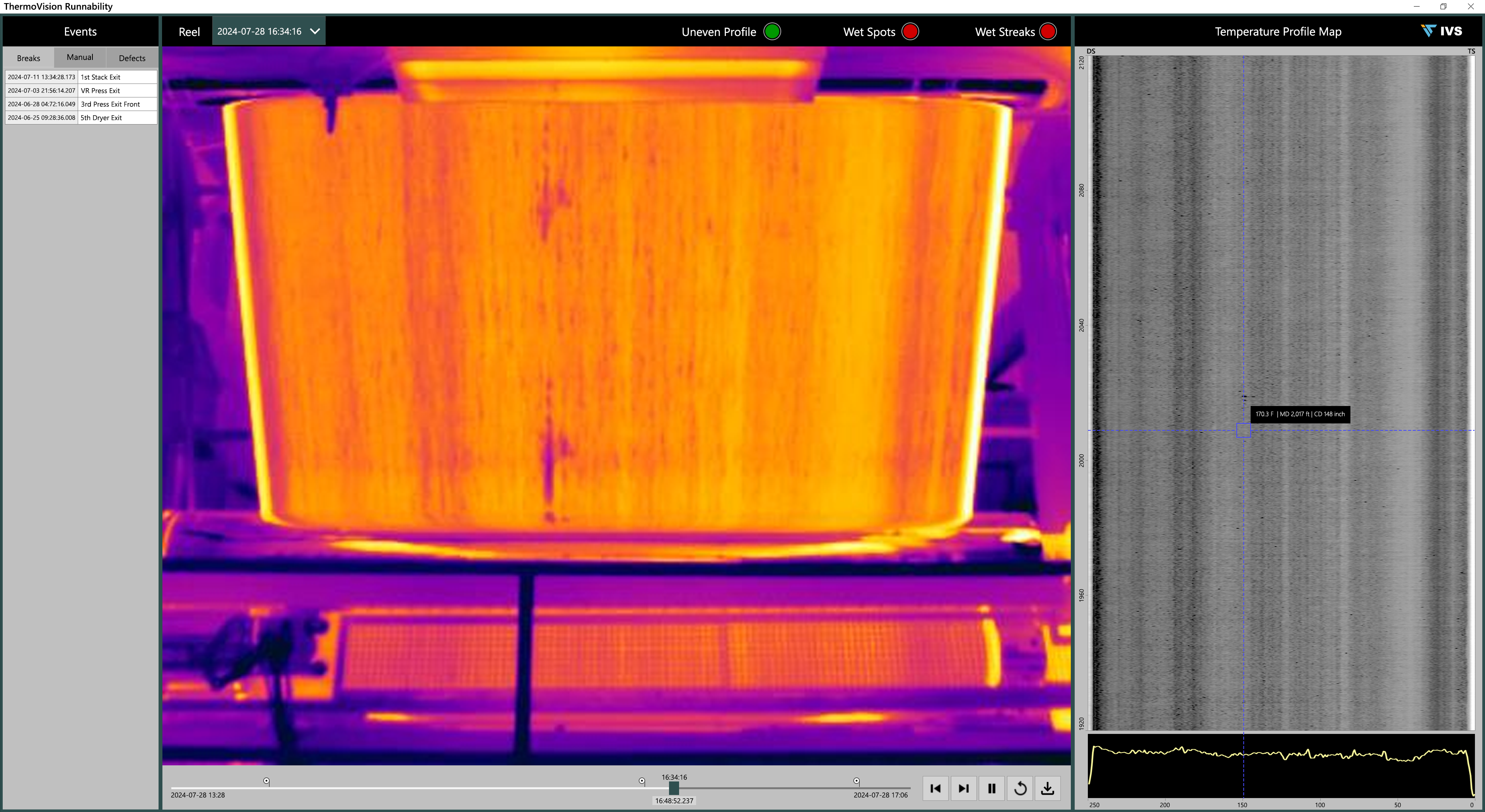Equipment and software investment growth is likely to slow in 2019 to 3.9% as the U.S manufacturing sector weakened, and investment growth in several key verticals is expected to slow or contract in the second half of 2019.

Equipment and software investment growth is likely to slow in 2019 to 3.9% (down from 4.5% in the Q2 update), according to the Q3 update to the 2019 Equipment Leasing & Finance U.S. Economic Outlook released today by the Equipment Leasing & Finance Foundation. Business conditions for the equipment finance industry softened in the first half of the year as the U.S manufacturing sector weakened, and investment growth in several key verticals is expected to slow or contract in the second half of 2019.
Foundation chairman Jeffry D. Elliott foundation chairman said in a press release, “Consumer confidence has eased this year while consumer spending has moderated. Large businesses are showing signs of pulling back, though small businesses remain upbeat. In light of stronger-than-expected growth in Q1, the economy is expected to grow 2.5% in 2019, up from the previous estimate of 2.2%.”
Capital spending slowed in the beginning of 2019, consistent with declining macroeconomic fundamentals. Business investment faces further downside risk if the industrial sector continues to fade, and trade relations remain turbulent. Although banks continue to tighten lending standards to consumers amid waning credit demand among businesses and consumers, overall credit market conditions remain mostly healthy. Financial stress remains relatively low by historical standards, though both delinquencies and charge-offs are on the rise.
After achieving 2.9% growth in 2018 — tied with 2015 for the strongest year of growth of the current business cycle — the U.S. economy expanded at a healthy 3.1% pace in the first quarter, exceeding expectations. However, trade frictions are undoubtedly contributing to the softness in the U.S. manufacturing sector, which continued to struggle in Q2 and does not appear to be on the verge of a rebound.
Though domestic oil production has been a key bright spot for the U.S. economy and the increasingly dovish Federal Reserve has helped buoy financial markets, there are several risk factors that merit close attention for the rest of the year. Risks include the efficacy of China’s efforts to stimulate its economy, the divergence between small- and big-business optimism, and the potential for a protracted slowdown in consumer spending later this year.



